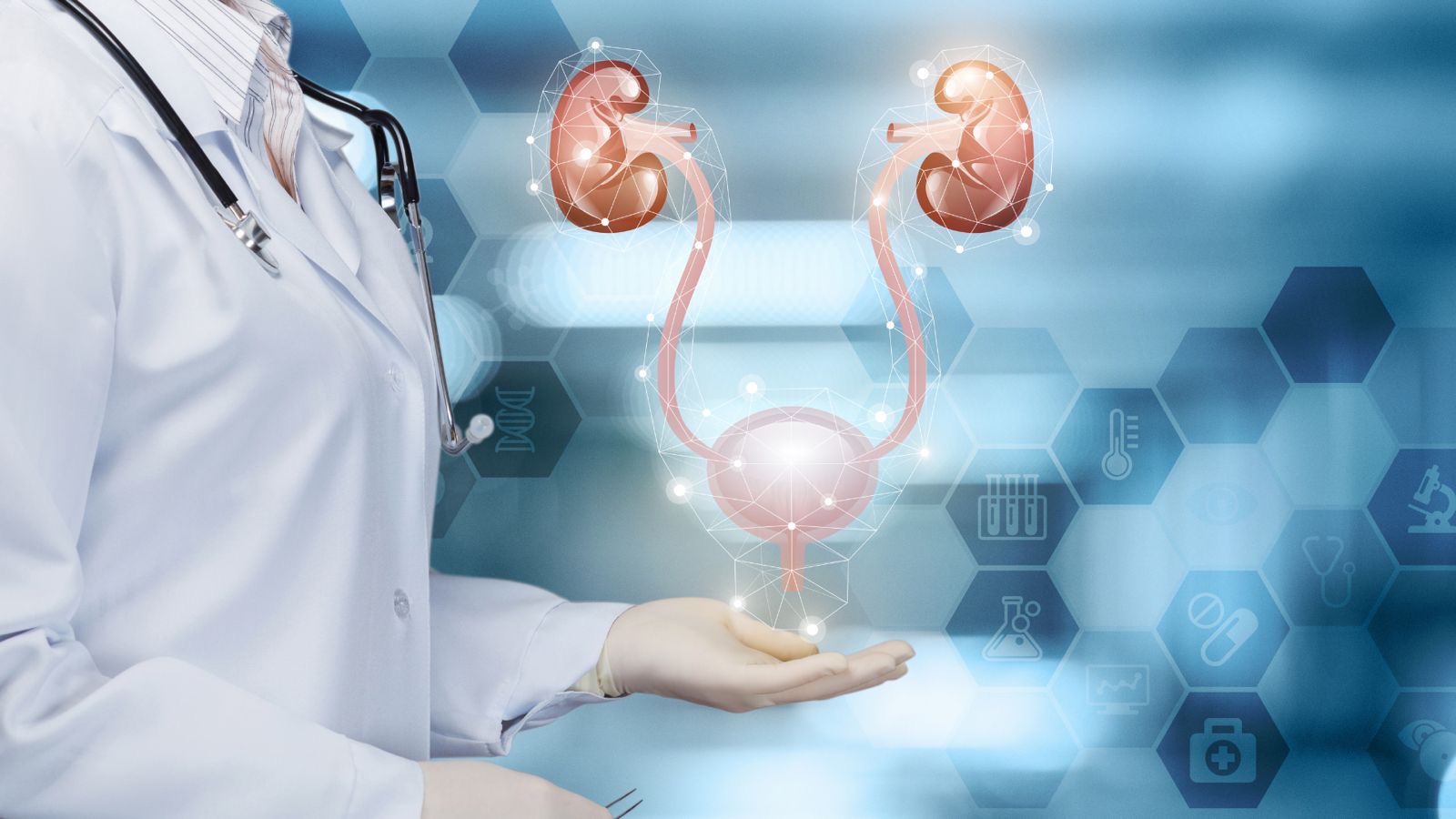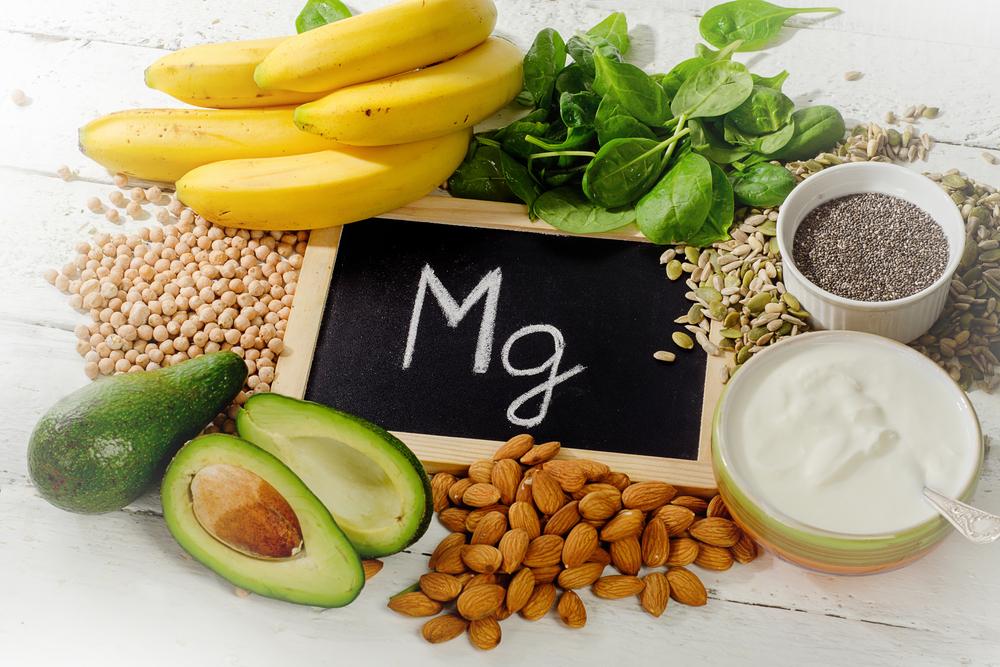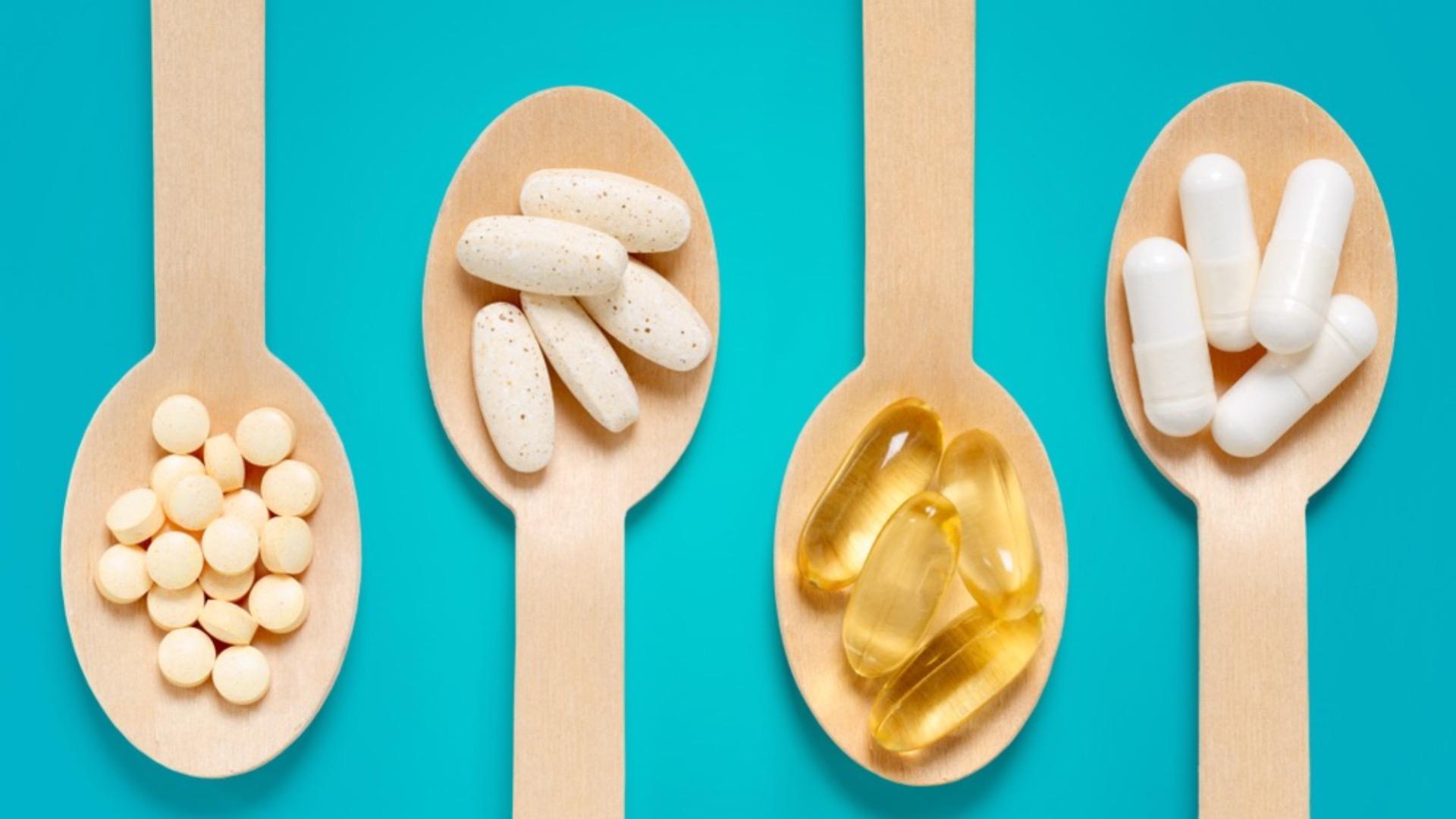In our last blog we considered the importance of minerals for your dog’s health, but we only got so far. There are further minerals, ones we deem trace minerals, which are also important to optimal health.
So, let’s get cracking.
Chromium
Within human realms, chromium is mostly talked about for its role in modulating blood glucose levels. It is considered that chromium acts as a cofactor that can enhance the effects of insulin on target tissues. In states of chromium deficiency, abnormal glucose utilisation results along with increased insulin demands.
Findings Here
Along with potentiating the action of insulin, chromium increases uptake of amino acids into muscle, heart, and liver and enhances protein synthesis. It also plays a role in regulating blood lipids.
Increased Risk of Deficiency:
- Diets high in sugars and refined carbohydrates (results in increased urinary excretion of chromium)
- Increased stress (physical activity, infection, trauma or illness)
- Pregnancy
- Ageing
Sources of Chromium:
- Broccoli
- Turkey
- Chicken
- Brewer’s Yeast
Cobalt
One of the things you may not have realised about Cobalt is that it is an integral part of Vitamin B12 (cobalamin – get it?).
Why Your Dog Needs Vitamin B12
Cobalt is therefore essential for the function of cells. It is involved in the production of red blood cells and the production of antibacterial and antiviral compounds that prevent infections.
This mineral plays a key role in the metabolism of fats and carbohydrates as well as the synthesis of proteins and conversion of folate in their active form.
In the nervous system, cobalt also plays a role in the prevention of demyelination, which is a condition that results in damage to the membrane that covers the nerve fibres in the brain and spinal cord. This ensures efficient nerve transmission.
Copper
Copper has a number of functions throughout the body including:
- Energy production in mitochondria
- Mobilisation and transfer or iron from storage sites to the bone marrow
- Synthesis of collagen and elastin in connective tissue
- Acts as an antioxidant (as zinc/copper superoxide dismutase)
- Supports synthesis of melanin in the skin
- Synthesis of adrenaline and noradrenaline in the nervous system
- Breakdown of serotonin, histamine and dopamine
Increased Risk of Deficiency:
- High intakes of supplemental iron, molybdenum, or zinc
- Prolonged use of proton pump inhibitors (acid reducers)
- Gastrointestinal disorders (chronic diarrhoea, inflammatory bowel disease)
- Increased levels of oxidative stress (air pollution, toxin exposure)
Signs of Deficiency:
- Anaemia
- Increased vulnerability to oxidative damage
- Reduced immune responses
- Abnormal skeletal growth
- Changes and loss of hair and skin pigmentation
- Lethargy
Excessive copper build-up in the liver can cause liver disease in some dogs. Common breeds of dog that are affected include Bedlington terriers, Labrador retrievers, and Dalmatians. There are clear genetic implications found in Bedlington Terriers which prevents normal copper excretion.
Three forms of the disease occur:
(i) asymptomatic – in which signs are yet to develop,
(ii) acute -seen in dogs up to six years of age, with the sudden onset of severe illness shown as depression, anorexia (not eating) vomiting and possibly jaundice (yellowing of mucous membranes, whites of eyes and skin), and
(iii) chronic – seen in middle-aged dogs with signs of chronic liver damage and sometimes failure which may show vomiting, weight loss, jaundice and abdominal swelling.
It is considered that many commercial dog foods report total copper levels as higher than recommended, and some home-made diets may not furnish adequate amounts of copper.
Findings Here
That said, data indicates that copper absorption is greater when diets are animal protein rather than plant protein.
Findings Here
Iodine
An essential mineral, iodine is used by the thyroid gland to make thyroid hormones that control many functions in the body including growth and development.
If you would like to learn more about the thyroid gland and the conditions that often affect it, check out our blogs here:
Hypothyroidism
Hyperthyroidism
Hyperthyroidism in Cats
Iodine can only be obtained from diet or in supplemental form.
Of interest, concurrent deficiencies in selenium, iron or vitamin A may exacerbate the effects of iodine deficiency.
Seaweed like wakame are rich in iodine, but other sources include eggs and poultry.
Iron
Functions:
- Oxygen transport
- Oxygen storage as myoglobin
- Energy production
- Cofactor for multiple enzymes
- Production of neurotransmitters and thyroid hormone
There are two sources of iron, haem, and non-haem. Haem is found primarily in meat and meat products where non-haem is found in plants. Haem is generally well-absorbed, whereas non-haem absorption is largely affected by other factors.
Common inhibitors of iron absorption are phytates, tannins, starch, and proton pump inhibitors.
The body has three unique mechanisms for maintaining iron balance and preventing deficiency and overload:
- Storage of iron
- Reutilisation of iron
- Regulation of iron absorption
Iron from food is mainly absorbed in the duodenum. Iron can be in ferrous state (Fe2+) or ferric state (Fe3+). Fe3+ is not directly absorbed, but Fe2+ is easily absorbed. In the intestine, Fe3+ is converted by ferric reductases into Fe2+. When required by the body, iron is transported by transferrin to bone marrow and other tissues. Iron is required for the transport of oxygen, oxygen storage in muscle and is also a component of energy production.
After absorption, any iron that isn’t needed, is stored as ferritin in the liver, spleen, or bone marrow. During times of high need, iron is then released.
Most of the iron in the body is contained within red blood cells. Red blood cells have been noted to have a life span of around 110-120 days but when they reach the end of their life span, they release iron. The resultant liberated iron can be reused to produce new erythrocytes in bone marrow, stored as ferritin or released back into systemic circulation.
Iron deficiency anaemia is the common condition associated with decreased iron levels, resulting in low circulating haemoglobin and reduced myoglobin. Iron deficiency is also associated with lower T and B lymphocyte, macrophage, and neutrophil function.
Your Pet’s Immune System
On the other side of the scale, iron toxicity is generally associated with supplementation. At a cellular level, iron can impair metabolism in the heart, liver, and central nervous system. Iron is generally tightly bound to proteins in the body, preventing reaction, but in times of overload it becomes available in free form which disrupts oxidative phosphorylation, catalyses lipid peroxidation, forms free radicals and ultimately leads to cell death.
The central regulator of iron homeostasis is hepcidin. If hepcidin genes are removed, the host becomes loaded with iron. Iron excess stimulates hepcidin production and in turn blocks dietary iron absorption.
In cases of iron deficiency, hepcidin is suppressed, allowing increased absorption of dietary iron. As the name suggests, hepcidin is a hormone produced in the liver and its synthesis is modulated by iron, inflammation and erythropoietic signalling.
High hepcidin levels are noted during times of infection and in health issues like chronic kidney disease. High hepcidin levels block intestinal iron absorption and macrophage iron recycling, effectively withholding iron from invading pathogens. When inflammation is prolonged, iron availability is significantly reduced affecting the production of red blood cells and resulting in anaemia.
Manganese
Functions:
- Carbohydrate metabolism and gluconeogenesis
- Insulin synthesis and secretion
- Antioxidant
- Amino acid breakdown and production of urea,
- Synthesis of proteoglycans in cartilage and bone,
- Enzyme activation including the breakdown of histamine, the regulation of neurotransmitters, promotion of prothrombin, an lipid metabolism.
Increased Risk of Deficiency:
- Diets that emphases refined carbohydrates and processed foods
- Increased oxidant stress from environmental sources and toxin exposure
- High dose iron supplementation
Signs of Deficiency:
- Dermatitis, reduced hair and nail growth,
- Weight loss,
- Impaired production of bone and cartilage,
- Impaired insulin secretion, reduced ability to control blood sugar levels
Sources:
- Mussels
- Nuts
- Leafy vegetables
- Shellfish
Molybdenum
Molybdenum is vital for many processes in the body. After being absorbed, some is stored in the liver and kidneys, but most of it is converted into a molybdenum cofactor. Any excess molybdenum is then passed in urine.
The molybdenum cofactor activates four essential enzymes, which are biological molecules that drive chemical reactions in the body.
Sulfite oxidase: Converts sulfite to sulfate, preventing the buildup of sulfites.
Aldehyde oxidase: Breaks down aldehydes.
Xanthine oxidase: Converts xanthine to uric acid. This reaction helps break down nucleotides, the building blocks of DNA, when they’re no longer needed. They can then be excreted in the urine.
Mitochondrial amidoxime reducing component (mARC): This enzyme is thought to remove toxic by-products of metabolism.
It is clear that molybdenum is important for detoxification processes.
Does My Pet Need To Detox
But it is also involved in the transport of iron in tissues and it is vital in the metabolism and breakdown of sulfur-containing amino acids like cysteine, methionine, taurine and homocysteine.
Risk of Deficiency:
- Consumption of diets high in refined carbohydrates
- Exposure to toxic products
- Increased oxidant stress
- Digestive disorders than product diarrhoea and malabsorption
That said, high intake of molybdenum has been linked to:
- Decreased bone growth
- Reduced bone density
- Neurological disorder
- Copper deficiency
Sources:
- Beef
- Chicken
- Eggs
- Nuts
- Organ meats (liver and kidney)
Selenium
Selenium is a nutrient that plays a key role in maintaining thyroid hormone metabolism and DNA synthesis, it also protects against oxidative damage and infection.
There are a number of selenoproteins found in the body and they have a range of functions from protein folding, to muscle development and even calcium balance.
Selenium can be found in large amounts in the spleen, liver and lymph nodes. It has been showed to stimulate the antibody formation and the activity of the helper T cells along with the cytotoxic T and NK cells.
In addition, selenium concentrations are significantly lower in patients suffering from acute myocardial infractions, selenium deficiency being an etiological factor in heart failure syndromes.
Findings Here
But it is mostly referenced for its role as an antioxidant, since its discovery as an important component of antioxidant enzymes, including glutathione peroxidase (GPx).
Findings Here
Increased Risk of Deficiency:
- Increased oxidative stress
- Digestive disorders causing malabsorption
Signs of Deficiency:
- Decreased resistance to oxidative damage,
- Cardiomyopathy and heart failure,
- Reduced immune function,
- Muscle weakness.
Sources:
- Nuts
- Seafoods
- Organ meats
Zinc
Zinc is a nutrient that all humans and pets need to stay healthy – it is involved in many functions in the body. Zinc helps fight disease and aids wound healing. It assists a range of hormones in their roles like insulin, growth hormone, and those produced by the thymus. It is also essential for healthy skin, eye, and brain function. Whilst still relatively unclear, there also seems to be an increased risk of certain cancers with low circulating levels.
Immunity
The immune system is a complex network of cells and proteins that defend the body. All cells depend on a regular supply of zinc to function and none more so than immune cells with their high rates of proliferation and differentiation. One of the mechanisms that zinc helps protect the body is by stabilising cell membranes. Deficiency can cause damage to epidermal cells and to the linings of the gastrointestinal and pulmonary tracts. Consequently, this facilitates the entrance of potential pathogens into the body. It has been repeatedly proven that low levels of circulating zinc results in supressed immune responses and increased susceptibility to infectious agents.
Inflammation
It is well established that zinc mediates inflammatory response, it reduces proinflammatory cytokines. Whilst inflammation is a natural process that serves to protect, constantly increased proinflammatory cytokines are associated with a range of chronic disease, so modulation of inflammation can be a useful preventative agent for pet health.
Findings Here
Skin Health
The skin has the third highest abundance of zinc in the body. Its concentration being higher in the epidermis than the dermis. As we have already established, zinc stabilises membrane structure which is key to skin health.
Zinc has regularly been used in a range of skin conditions including infections, inflammatory dermatoses, pigmentary disorders and neoplasias. What is particularly interesting is its role in allergic and inflammatory responses. Mast cells play an important part in adaptive immunity, they are found in the skin and many other places including the mucosal linings of the gut and lungs. Mast cells contain many granules which are rich in histamine, heparin and, you guessed it, zinc! Zinc is crucial to correct mast cell function and deficiencies are linked with the development of allergic disease.
Findings Here
Increased Risk of Deficiency:
- Rapid growth
- Digestive disorders
- High dose calcium supplements
- Liver and kidney disease
- Chronic infection or inflammatory disease
Signs of Deficiency:
- Dermatitis
- Reduced wound healing
- Hair loss
- Slow growth
- Reduced resistance to environmental pollutants
- Increased lipid peroxidation
- Weakened immune response with increased susceptibility
Oysters are the highest zinc containing food, but red meat and poultry provide a substantial amount.
Mineral Depletion Over Time
The reduction of minerals in food is the result of using pesticides and fertilizers that kill off beneficial bacteria, earthworms and bugs in the soil that create many of the nutrients in the first place. This reduces what can be taken up by plants and ruminant animals. The composition of products used on land significantly also skews the balance, for example, nitrogen, phosphorus and potassium found in fertilisers can deplete magnesium, zinc, iron and iodine.
Certain herbicides also bind minerals too.
Glyphosate and My Dog
In addition, heavy metals in the environment and in the body also compete for absorption. Not only that but exposure to heavy metals increases oxidative damage which requires more antioxidant enzymes (found in minerals).
As always, it’s not just about the nutritional choices we make for our pets, but it’s about their environment too.
Here at My Pet Nutritionist we take a holistic view of your pet, we work through a series of health assessments to create the most appropriate plan forward.
If you would like any support with your pet, then please check out our services.
Thanks for reading,
MPN Team x




















